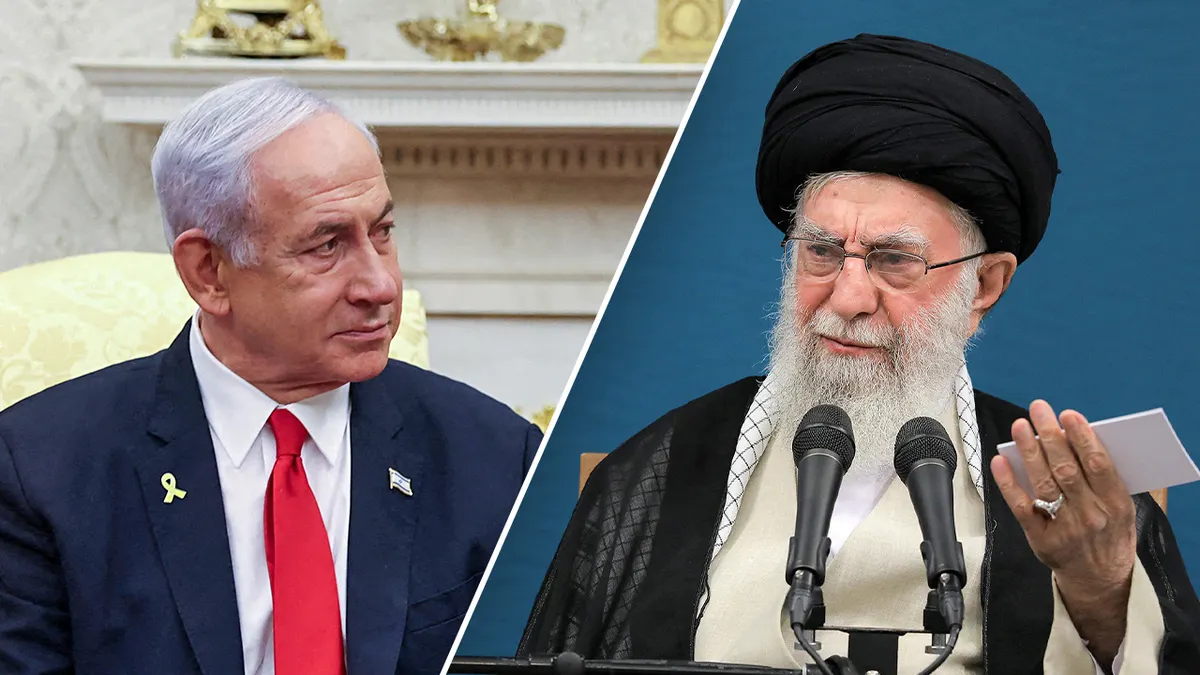On June 23–24, a tenuous ceasefire was declared between Israel and Iran after 12 days of intense military exchanges, including Israeli airstrikes deep into Iran and missile barrages from Tehran.
Hailed by former US President Trump as a diplomatic triumph—and a proof point for “peace through strength”—the moment raises a critical question: does the outcome reflect genuine security gains, or mere smoke and mirrors?
On paper, Israel achieved a striking military success: its Operation Rising Lion struck over 100 Iranian military and nuclear sites, reportedly backed by covert Mossad-led drone sabotage that crippled missile-launch capabilities. Israel and allied reporting often claim a severe blow to Iran’s nuclear ambitions—a rhetoric echoed in domestic editorials praising restored deterrence .
Yet fresh intelligence suggests the damage may only cause a nuclear delay of a few months—not a decisive setback . Meanwhile, Iran’s enriched uranium stockpile and nuclear momentum remain stubbornly resilient.
The Incomplete Script: What the Truce Doesn’t Fix
First, the ceasefire did not wholly halt hostilities. Skirmishes continued immediately—Israeli strikes persisted even after the official truce, while Iran responded with missile outbursts . Trump’s own admonishment of Israel—shouting from the White House lawn that “Israel…dropped a load of bombs” after ceasefire—underscored the ongoing volatility. The result? A fragile peace, not a firm resolution.
Second, Iran retains strategic leverage: its influence via proxies, control over the Strait of Hormuz, and its latent nuclear capacity all remained intact. Tehran hasn’t capitulated; instead, it’s preparing internal reforms, tougher nuclear policies, and legislative measures to restrict IAEA oversight .
Third, while Israel bolsters its deterrent image, it also deepens its dependence on U.S. protection. The near-paratrooper interdependence—with American B‑2 bombers, U.S. diplomatic muscle, and Trump’s real‑time interventions—reveals a paradox: strength without autonomy .
Politics Over Peace: Domestic Agendas Driving Strategy
This ceasefire is as political as it is strategic. For Trump, it’s a much-needed foreign policy victory ahead of the 2026 midterms, reinforcing his image as a tough-on-terror statesman.
For Netanyahu, the narrative of victory over Iran supports his agenda—especially as he shifts domestic attention toward Gaza while leveraging unity from across Israeli politics.
Yet this hunger for political capital may compromise long-term stability. With neither side conceding fundamental interests—nuclear restraint, regional influence, or formal peace—the truce risks becoming a transient exploit, not a bridge.
A Fragile Truce, Not a Foundation
What we witness today is a truce, not a peace. Iran’s willingness to strike globally; Israel’s readiness to bomb inside Iran; U.S. diplomacy ready to berate an ally mid‑strike—this volatile mix underscores how brittle the arrangement is.
For lasting peace, military strength must be paired with bold diplomacy. Yet diplomatic channels, especially around Iran’s nuclear program, remain dormant—at least until now. China, Qatar, and other regional players urge negotiation, but none push beyond temporary kinship.
The real litmus test: Will these powers invest serious diplomatic capital—revive nuclear talks, address Iran’s regional behavior, incentivize restraint? Or will they rely again on force and theatrics?
What Comes Next?
-
Nuclear Talks: Without renewed negotiations and IAEA engagement, this ceasefire becomes a hiatus, not a resolution.
-
Proxy Dynamics: Iran can, and likely will, continue low‑level operations via Hezbollah, Houthis, and Iraqi militias—guaranteeing future flare‑ups.
-
Political Risks: Israeli elections, Iranian hardliners, and U.S. midterm politics could reignite tensions or stall progress.
-
Global Ripple Effects: Oil markets, Gulf security, and great‑power balances—America, China, Russia—are all recalibrating in response to this brief pause.
Statement or Substance?
“Peace through strength” can command headlines and political applause. Yet in this case, the shine conceals deeper fragility.
With nuclear renegades circulating, unresolved power plays, and rival domestic agendas in a precarious equilibrium, we should treat this truce for what it is: a fleeting ceasefire, not a compass toward stability.
The true test will be whether world leaders—and this unlikely roster of regional actors—can seize this fragile calm and transform it into something enduring, or if this moment slips back into “smoke and mirrors,” recycled next time as another “victory through force” until the next eruption.
In the end, real peace demands more than bombs and bravado—it requires vision, compromise, and the courage to sustain diplomacy when the cameras have left.
Areeba Kanwal is a contributor at The Diplomatic Insight and has passion for International Relations and diplomacy.



